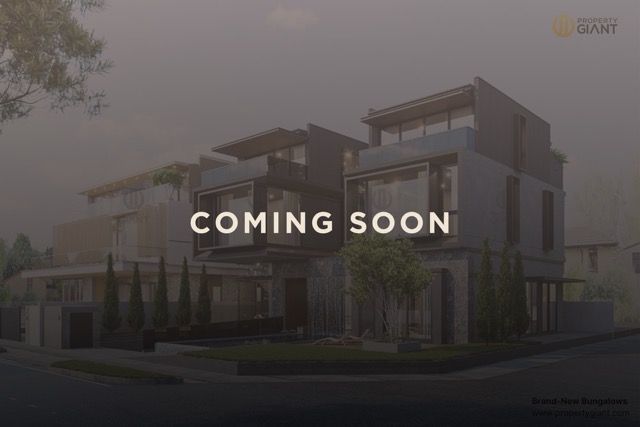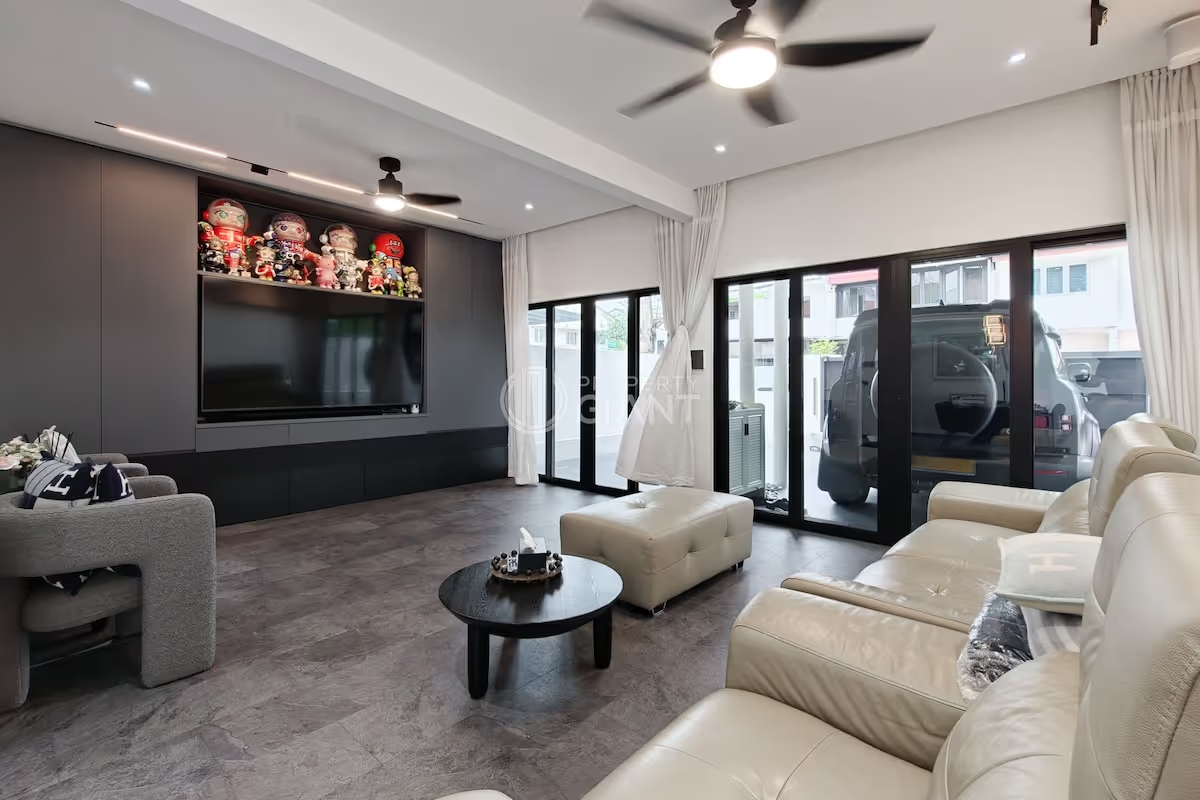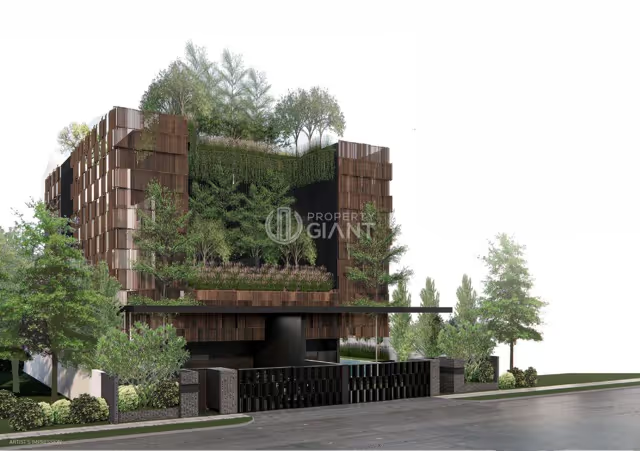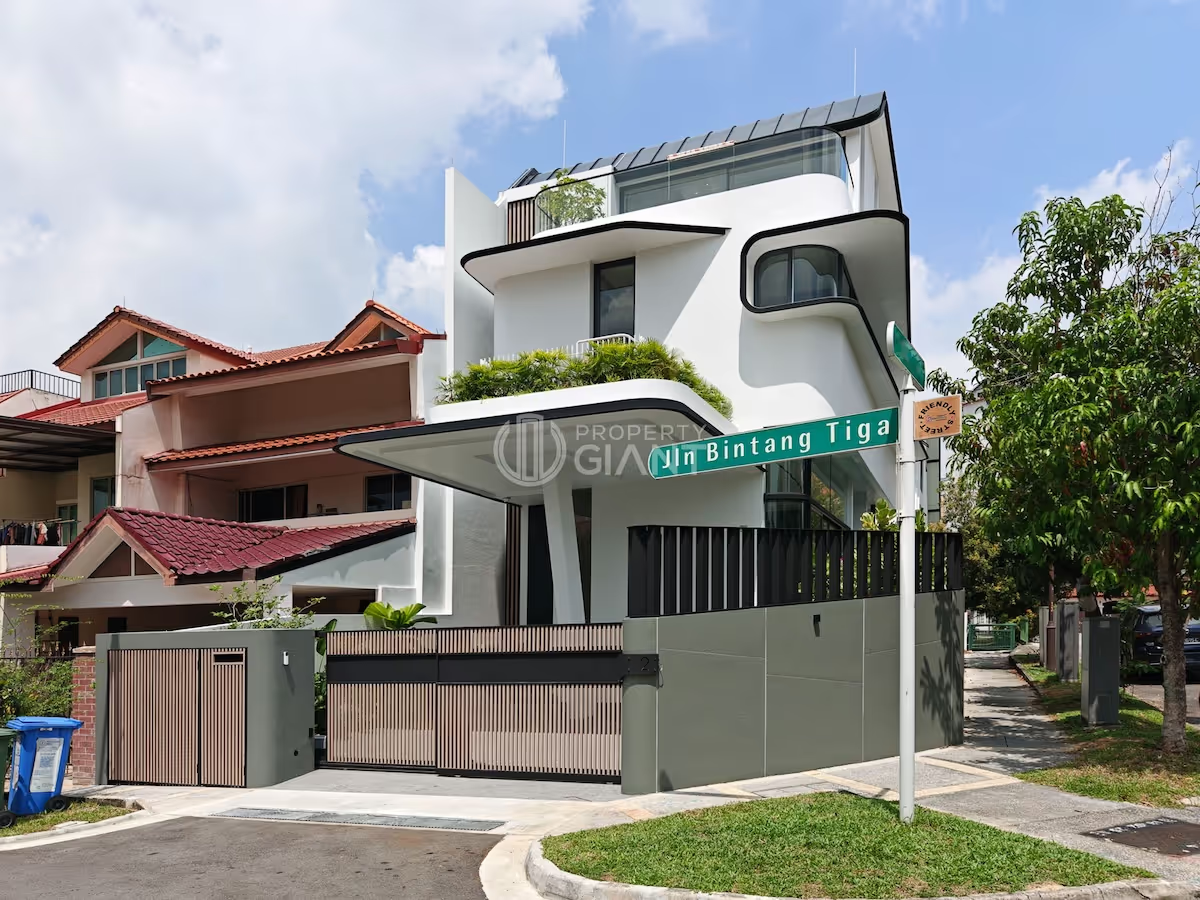The allure of owning a property that can be held indefinitely and passed down to future generations is undeniable. Freehold condominium units embody this lasting value, making them more preferable than leasehold properties. This is particularly true for investors who value long-term stability and financial security.
Given the strong positive perception associated with freehold properties, some buyers are willing to pay a price premium of up to 20 per cent for such homes. However, the availability of freehold condos has been dwindling as many new condos are currently developed on leasehold government land.
Many of these new land parcels offer excellent connectivity, being located next to an MRT station or having features such as integration with a shopping mall, proximity to a popular school, or a wide range of condominium facilities to make up for the shorter leases.
As home buyers prioritise convenience and accessibility to essential amenities, many are willing to give up the freehold status for a leasehold property. This shift in buyer preferences raises the question of whether leasehold properties will become more popular than freehold ones and if their values will eventually catch up with the latter.
To answer these questions, we conducted a data study to compare the prices and profitability of freehold and leasehold condos.
The price gap between freehold and leasehold condos has significantly narrowed over the past decade. Data from the Urban Redevelopment Authority (URA) shows the islandwide median price of freehold condos (excluding executive condos) was $1,495 per sq ft (psf) in 2013, which is 20 per cent higher than the median price of leasehold condos at $1,246 psf.
However, the price gap has since decreased to 4.7 per cent, with the median price of freehold condos at $1,973 psf and leasehold condos at $1,885 psf in 2023. The narrowing price gap may be attributed to the values of leasehold condos surging by 51.3 per cent over the past decade, compared with a 32 per cent increase for freehold condos.
These findings confirm that buyers placed greater importance on and were willing to pay a higher price for convenience, lifestyle and amenities rather than solely focusing on the tenure of a property.
In 2013, freehold condos were consistently more expensive than leasehold ones. The price difference was most significant in the suburban outside of central region (OCR) at 17.2 per cent, followed by
the prime core central region (CCR) at 13.7 per cent, and the city fringe rest of central region (RCR) at 3.7 per cent.
In recent years, there has been a significant trend reversal. The median price of leasehold condos in the city fringe RCR is $2,310 psf in 2023, which is 28 per cent higher than the $1,805 psf for freehold condos. Similarly, in the suburban OCR, the median price of leasehold properties is $1,585 psf, which is 5.1 per cent higher than freehold condos at $1,508 psf in 2023.
However, the price gap between leasehold and freehold condominiums in the prime CCR has risen from 13.7 per cent in 2013 to 19.5 per cent in 2023. The findings suggest that buyers were more willing to pay a premium for freehold properties in prime locations, possibly due to their belief that the limited availability of freehold condos justifies the high prices.
The notable escalation in leasehold condo prices within the RCR could be due to a substantial rise in the sale of units valued at $3 million or more. In 2013, 130 units were sold in the RCR, surging to 537 units by 2023. The sale of freehold condos at this price level saw a more modest rise from 65 units in 2013 to 249 units in 2023.
There were many leasehold condos transacted for at least $3 million in 2023, such as The Reserve Residences, One Pearl Bank, Grand Dunman, Liv@MB, Riviere, Piccadilly Grand, Tembusu Grand, Pinetree Hill, Blossoms By The Park, Reflections at Keppel Bay, The Reef at King's Dock and Corals at Keppel Bay.
In the suburbs, the number of leasehold condos sold for at least $2 million in the OCR has similarly jumped from 108 units in 2013 to 950 units in 2023, while freehold condos rose more moderately from 185 units to 347 units over the same period. The data indicates that leasehold condos in the suburbs and city fringes have outperformed their freehold counterparts in both pricing and demand.
We conducted a profitability study and found that leasehold condos generally have a higher chance of yielding profits, at 92.6 per cent, compared with freehold properties, at 69.1 per cent. This could be due to buyers paying more for freehold condos, affect- ing their profitability.
The study calculated individual units' gross gains and losses based on sale prices by matching URA's Realis new sales caveats lodged from 2013 to the resale caveats of
the same units up to April 2024. The data indicates that 95.6 per cent and 92.6 per cent of leasehold condos in the city fringe and suburban areas were profitable, compared with 67.1 per cent and 77.3 per cent for freehold condos in the same locations. In absolute terms, the average gross profits from leasehold condos are higher, with $214,676 in the city fringe and $192,882 in the suburbs, compared with freehold condos, which have profits of $123,348 in the city fringe and $130,526 in the suburbs.
In prime locations, leasehold condos were similarly more profitable at 73.1 per cent, compared with 57.7 per cent for freehold condos. However, freehold condos in the CCR yield higher profits in absolute dollars at $402,321 versus $290,410 for a leasehold condo.
Conclusion
The value of leasehold properties is expected to continue rising in comparison with freehold condos, particularly as the Government releases more prime land through government land sales in the city fringes and suburbs.
This trend is further supported by the fact that about 80 per cent of the population lives in leasehold public housing flats, and many individuals who eventually invest in a private property typically start with an HDB flat, making them more comfortable with the idea of owning a leasehold condo.
Nevertheless, our data study indicates that freehold condos in prime areas generally yield higher profits. Despite the rising demand for leasehold properties, some people may still be willing to pay a premium for freehold properties due to their perceived long-term value and ownership benefits.
Moreover, for those seeking stability without concerns about the property tenure ending, freehold properties will continue to be a viable and attractive option.
Credit: The Straits Times



















